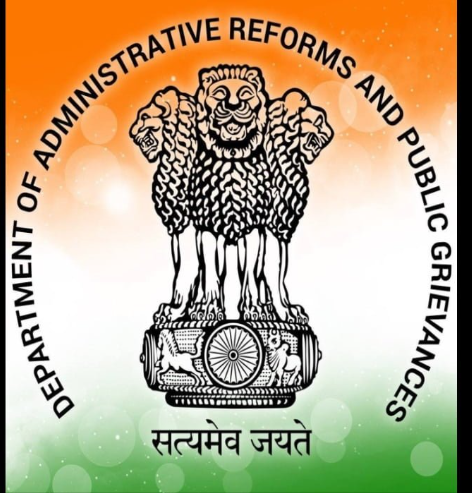Department of Administrative Reforms and Public Grievances
The Department of Administrative Reforms and Public Grievances (DARPG) is a department of the Ministry of Personnel, Public Grievances and Pensions, Government of India. It is responsible for initiating and coordinating administrative reforms and addressing public grievances to improve the quality of governance and public service delivery in India.
History and Establishment
The Department of Administrative Reforms and Public Grievances was established in 1964 as a separate department under the Ministry of Home Affairs. In 1970, it was placed under the newly created Department of Personnel, which later became the Ministry of Personnel, Public Grievances and Pensions in 1985.
Over the years, the department has played a crucial role in introducing various administrative reforms and mechanisms for redressing public grievances, such as the creation of the Central Vigilance Commission (CVC) in 1964, the introduction of the Lokpal and Lokayuktas Bill in 1968, and the establishment of the Public Grievances Redressal Machinery in 1988.
Objectives and Functions
The main objectives and functions of the Department of Administrative Reforms and Public Grievances are:
- Promoting administrative reforms and good governance practices in government organizations.
- Coordinating and monitoring the implementation of administrative reforms and public grievance redressal mechanisms across ministries and departments.
- Formulating policies and strategies for improving public service delivery and citizen-centric governance.
- Developing and implementing e-governance initiatives to enhance transparency, accountability, and efficiency in government processes.
- Conducting research and studies on administrative reforms and public grievance redressal systems.
- Providing training and capacity building programs for government officials on administrative reforms and public grievance redressal.
- Collaborating with international organizations and foreign governments to share best practices and learn from their experiences in administrative reforms and public grievance redressal.
Initiatives and Programmes
The Department of Administrative Reforms and Public Grievances has launched several initiatives and programs to improve governance and public service delivery, such as:
- Sevottam: A service delivery excellence model that aims to improve the quality of public services by setting benchmarks and standards for service delivery.
- e-Office: An integrated platform for government offices to automate their internal processes and enable paperless communication and file management.
- Centralized Public Grievance Redress and Monitoring System (CPGRAMS): An online portal for citizens to lodge their grievances and track their redressal status.
- National Conference on e-Governance: An annual conference that brings together government officials, experts, and stakeholders to discuss and showcase best practices in e-governance.
- Good Governance Index: A framework to assess the performance of states and union territories on various parameters of good governance.
- National e-Governance Service Delivery Assessment (NeSDA): An assessment framework to evaluate the effectiveness of e-governance initiatives in improving public service delivery.
Organizational Structure
The Department of Administrative Reforms and Public Grievances is headed by a Secretary, who is assisted by Additional Secretaries, Joint Secretaries, and other officers. The department has several divisions and sections, each responsible for specific areas of administrative reforms and public grievance redressal.
Some of the key divisions and sections of the department are:
- Administrative Reforms Division: Responsible for initiating and coordinating administrative reforms across government organizations.
- e-Governance Division: Responsible for developing and implementing e-governance initiatives and policies.
- Public Grievances Division: Responsible for monitoring and coordinating the redressal of public grievances across government organizations.
- International Exchange and Cooperation Division: Responsible for collaborating with international organizations and foreign governments on administrative reforms and public grievance redressal.
- Research and Documentation Division: Responsible for conducting research and studies on administrative reforms and public grievance redressal systems.
Achievements and Impact
Over the years, the Department of Administrative Reforms and Public Grievances has made significant contributions to improving governance and public service delivery in India. Some of its notable achievements and impacts are:
- Introducing the Right to Information Act, 2005, which has empowered citizens to seek information from government organizations and promoted transparency and accountability in governance.
- Establishing the Centralized Public Grievance Redress and Monitoring System (CPGRAMS), which has provided a platform for citizens to lodge their grievances and track their redressal status.
- Implementing the e-Office platform in government offices, which has automated internal processes and enabled paperless communication and file management, thereby improving efficiency and productivity.
- Launching the Sevottam model for service delivery excellence, which has set benchmarks and standards for public service delivery and improved the quality of services provided to citizens.
- Conducting the Good Governance Index and National e-Governance Service Delivery Assessment (NeSDA), which have provided a framework for assessing the performance of states and union territories on various parameters of good governance and e-governance.


